Love is in the Air: Spring in the CPTC wetlands!
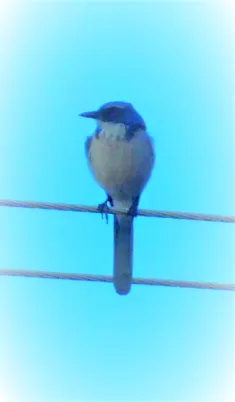
Look! Listen! Clover Park’s wetlands are alive with the songs of birds seeking mates.
by Marcia Wilson
February wildlife is wild as winter gives way to spring! In the meantime, we can be entertained by the new dance numbers going on at the CPTC Outdoor Lab. Fun fact: We have 110 acres, and that’s 110 acres’ worth of shenanigans.
Please watch and drive mindfully. Our native owls and robins are frequent road casualties when the weather warms. If you see an animal in distress, please alert the campus security office.
Below: The beaks of birds can change color and even shape during breeding season. Here the Pied (two-color)-bill Grebes are swimming around and trying to get each other’s attention. Every year they act like teens at a prom, but the stark markings on the bills will fade by summer.
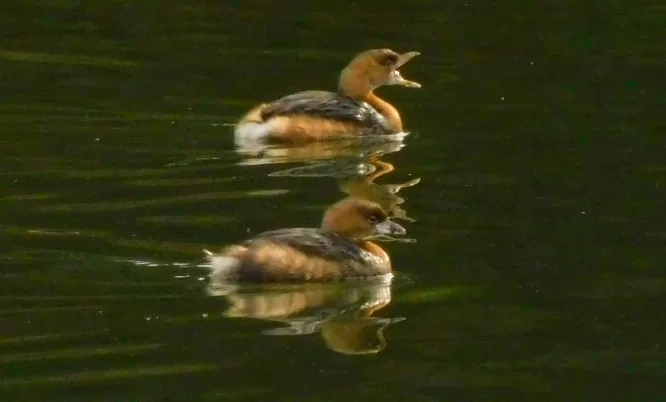
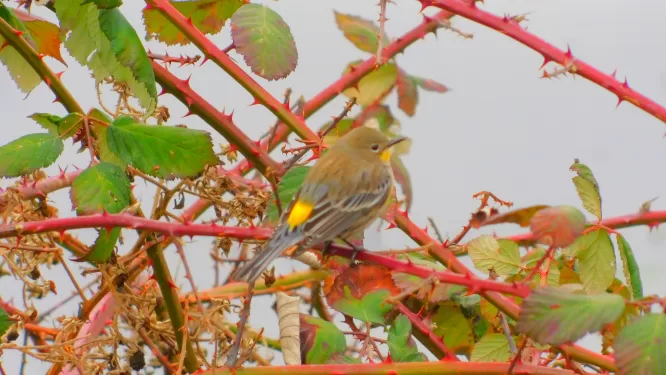
Our herons and fish rely on these NW Salamanders for food. Adults like this one are about to spawn large masses of eggs in the shallow pools of the CPTC wetlands. 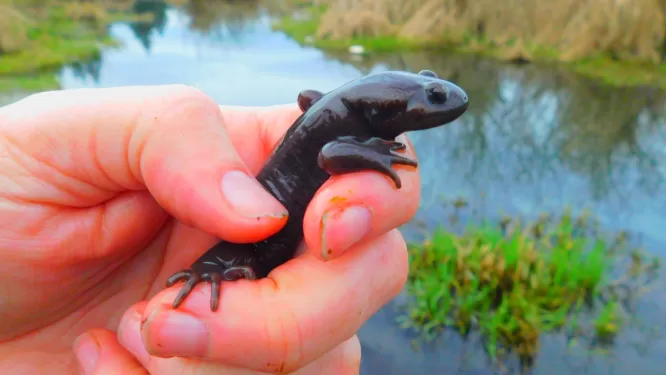
The Ring-neck Mallard looks like he pecked a lamp socket. His startled looks helps get the attention of the ladies.
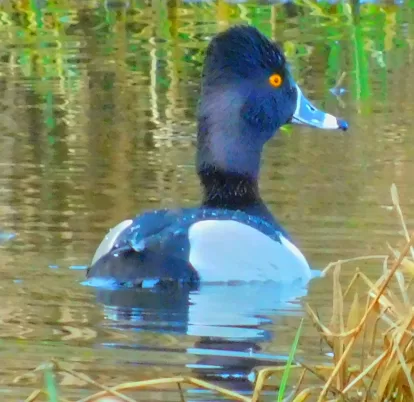
For now (but not for long) we can see why scientists named him the Ring-neck. The marking is only really visible at breeding season.
Northern Shovelers (below) are beautiful and a little strange. Their flattened, oversized bills siphon out tiny scraps of food from the water. In bright sunlight the orange sides of the males glow as brightly as their beetle-green and purple heads. This couple will soon vanish into their traditional nesting territories.
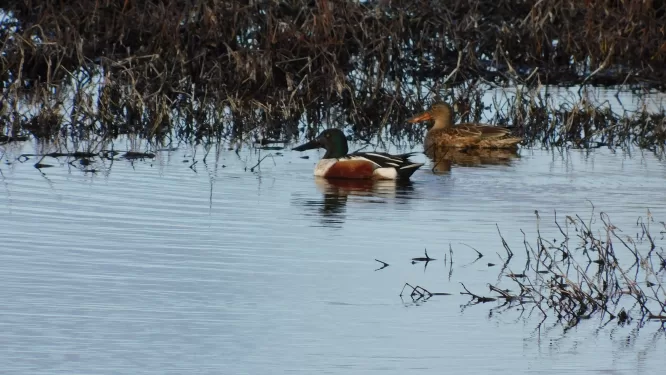
Hissing geese look ridiculous, but do not get close. A goose’s wings are powerful appendages and the pinch of that beak is more painful than you might realize.
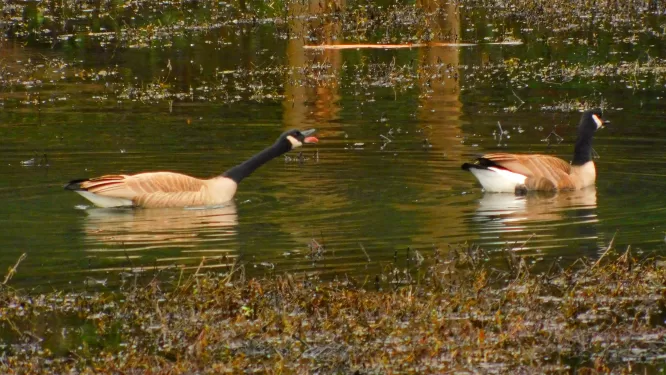
For centuries, migrating birds needed the Flett’s quiet, slow waters to rest and gather much-needed calories for the next stage of life. In the coming weeks and months, expect young birds, salamanders, fish, and insects as spring approaches.
And, of course, watchful students.